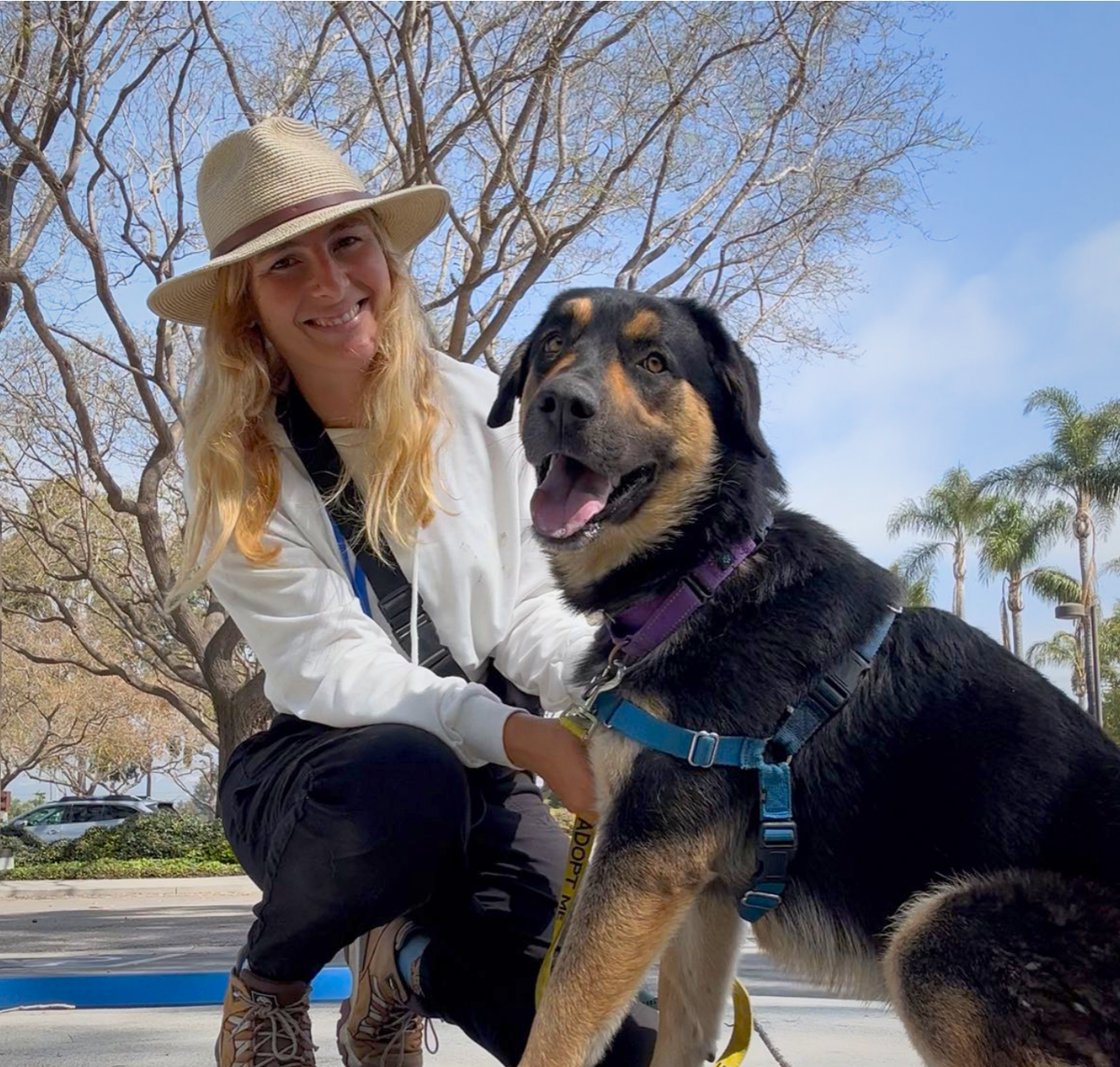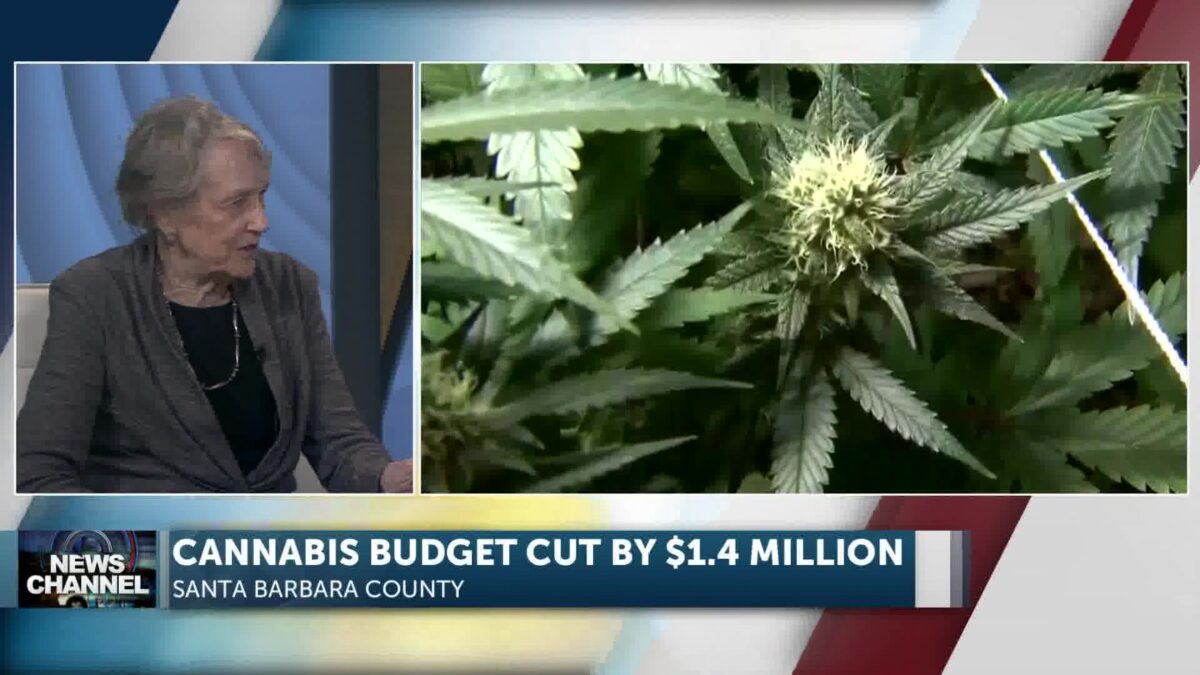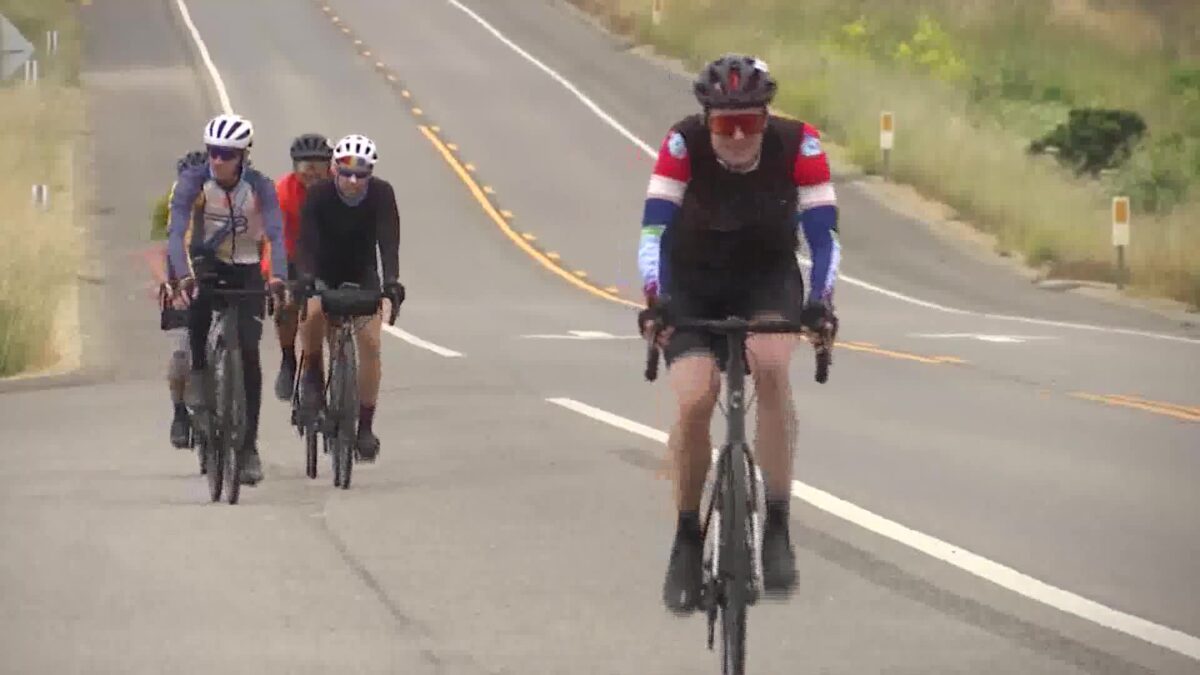Melinda Burns
SANTA BARBARA COUNTY, Calif. – In a significant course correction this week, the county Board of Supervisors cut $1.4 million from its cannabis budget, taking the knife to administration, auditing, planning review and especially law enforcement.
Voting 4-0 on Tuesday, with Supervisor Bob Nelson of Orcutt absent, the supervisors settled on $5.3 million for cannabis-related spending in 2025-26, or 20 percent less than what they had previously budgeted. They raised the growers’ licensing fees, too, to make ends meet.
It was a belated attempt to “right-size” a program in which the county’s ongoing, or fixed cannabis costs have exceeded revenues for three consecutive years, requiring the use of carryover cannabis funding to make up the difference.
“The program is evolving and we’re seeing a lot of attrition and we’re losing operators,” Brittany Odermann, deputy county executive officer, told the board on Tuesday. “The staff time spent on the cannabis program needs to be reimbursed. We’ve seen our numbers go down and down and down for cannabis… so we’re trying to find that balance.”
During a wide-ranging hearing on the shrinking local industry, the board also loosened the requirements for background checks at cannabis operations and lowered the acreage caps on cannabis, both for greenhouses in Carpinteria Valley and outdoor “grows” in the North County.

Cannabis revenues collected by the county peaked at $15.7 million in 2021. Since then, the price of pot has plummeted, largely because of a glut on the market. For 2025-26, beginning this July 1, the board is projecting revenues of only $5.5 million from cannabis taxes.
The largest budget cut — about $472,000 — will come out of the Sheriff’s Office cannabis enforcement team. It will lose one of five deputies, for a savings of $242,000; plus $220,000 that the team will no longer receive for overtime work, and $10,000 for services and supplies.
As of now, $1.5 million remains in the cannabis budget for the enforcement team. That’s more than a quarter of the cannabis budget for 2025-26.
But on Tuesday, in a move that took their own staff by surprise, the supervisors talked about shifting a portion of the funding for the Sheriff’s team to other programs, such as fentanyl enforcement, drug education, mental health services and leadership training for disadvantaged youth. They tabled a longer discussion to June 17 and 18, when hearings on the county’s entire budget are scheduled.
According to a Sheriff’s Office report for the board, the enforcement team, which is run by a sergeant, has investigated 65 cases involving illegal pot cultivation, sales, manufacturing and distribution since 2021. In recent years, the focus has shifted from large-scale raids of illegal “grows” to more time-consuming investigations into the diversion and illegal resale of legally purchased pot.
But Supervisor Steve Lavagnino, who represents the Santa Maria Valley and was a co-author of the county’s industry-friendly cannabis ordinance of 2018, expressed frustration with the team’s current work, saying, “I think the whole landscape’s changed… We’re spending money where I don’t see the result. How many people have gone to jail from your cannabis team busting people?”
“Honestly, let’s be frank,” Lavagnino said. “I’ll zero out the damn thing. I don’t care.”
New Priorities?
Amy Steinfeld, an attorney for growers in several California counties, urged the board to assign cannabis enforcement to just one or two deputies, as is done, she said, in Santa Cruz and Ventura counties. In Santa Barbara County, the team regularly shows up at legal operations with four or five deputies for compliance inspections and will randomly stop and question workers, causing them “unnecessary stress and anxiety,” Steinfeld said.
“We have a culture issue whereby our Sheriffs are biased against this legal plant,” Steinfeld said, adding that they are “actively looking for ways to shut down legal farms.”
“We’d like to see our Sheriffs fighting crime, destroying illegal grows in our national forests and addressing the fentanyl crisis,” she said.
Four managers and organizers of Future Leaders of America, a nonprofit organization serving low-income immigrant and Latinx youth, pleaded with the board to spend more on programs for underserved communities that have been devastated by the war on drugs.
Ivan Vega and John Esteban urged the board to create a youth fund that is supported by cannabis tax revenues, shifting funding priorities from “punishment to prevention; from enforcement to empowerment; and from over-policing to opportunity.”
“We don’t need more funding for systems that criminalize poor, black and brown communities,” Esteban said. “… Please invest in our future and invest in our youth.”
Supervisor Joan Hartmann, who represents much of the area west of Buellton where outdoor cannabis has taken root, said she was “very much persuaded by what we’ve heard from the Future Leaders of America.” Lavagnino concurred.
“Today was a great day for reimagining and rescoping the whole program,” he said. “ … I think board is ready to shift our priorities … Education, yes. Mental health, yes. Youth fund, yes … we just have to figure out what that mix is.”
Board Chair Laura Capps expressed “a sense of relief” that the board was “setting a new course” and “being realistic about what we have.”
Then and Now
Overall, according to a CEO report to the board, the county’s cannabis growers have paid $59 million in taxes since 2018, an average of $8.4 million yearly. Most of it comes from a 4 percent cultivation tax on gross receipts, or sales, of pot, as self-reported by the growers themselves.
In the fall of 2017, before the board adopted its cannabis ordinance, a study by a consulting firm predicted that a tax on cannabis cultivation would generate between roughly $4 million and $64 million in annual tax revenues for the county (though the higher number was stated as “unlikely”), with an additional $1 million to $8 million from pot shops and cannabis manufacturing.
The real picture has been far more sobering. According to a 2024 report for the state Department of Cannabis Control, wholesale prices for cannabis have dropped by 57 percent, on average, since 2021. Illegal pot, estimated to make up more than 60 percent of the California market, has also depressed prices.
Today, according to the County Executive Office, there are only 46 cannabis operations in the county, down from 124 operations that were in the pipeline for review back in 2018. And as the size and scope of the local cannabis industry has shrunk, so has the need for administrators, auditors and law enforcement officials to oversee it.
On The Cutting Board
For the coming fiscal year, in addition to cuts to the Sheriff’s cannabis enforcement team, the board agreed Tuesday that the District Attorney’s office would use grant funding instead of cannabis revenues to pay for about 1.2 full-time staff positions for the prosecution of cannabis-related civil, criminal and environmental cases in the illegal market. That’s a savings of more than $310,000 in the cannabis budget.
The county Treasurer-Tax Collector will lose an independent auditor, for a savings of $90,000. And with only a couple of appeals of cannabis projects still in the pipeline for review, down from 100 in recent years, the county Planning Department is expected to save $370,000 in 2025-26. That’s in addition to the savings from a full-time cannabis licensing position that was cut in the CEO’s office last winter.
In the past, cannabis tax revenues have paid $2 million to help expand the San Marcos Foothills Preserve. An average $500,000 yearly in cannabis revenues has gone to county libraries. Cannabis monies have paid for roads, park bathrooms, clean energy planning, a zero-emissions vehicle specialist, new video equipment for Sheriff’s deputies’ cars, the Modoc Road bike and pedestrian path; and diversity, equity and inclusion training and NorthCounty youth programs.
For the coming fiscal year, deferred road maintenance makes the list for ongoing programs funded with cannabis revenues, with $1.6 million set aside; and so does education on the health impacts of cannabis, with $219,000. (The board cut the allocation for cannabis use prevention for pregnant women by $41,000.)
Beyond those uses, most of the ongoing cannabis budget still goes to administration and enforcement, including $1.5 million for the Sheriff’s enforcement team, $480,000 for the county Treasurer-Tax Collector, $428,000 for the District Attorney, $356,000 for Planning & Development zoning enforcement, and $245,000 for the CEO.
The county will use $2.7 million in carryover cannabis revenues in 2025-26 to pay for one-time expenses such as the equity training program ($607,000), a restroom upgrade for Rincon Beach Park (546,000), the Modoc bike path ($500,000), Orcutt Library ($500,000) and an employee housing study ($245,000).
Fewer Background Checks
On Tuesday, against the advice of the Sheriff’s Office, the board voted unanimously to limit the requirement for “live scan” electronic fingerprinting and criminal background checks to the applicants, owners and managers of cannabis operations and partners with at least a 20 percent financial interest, bringing the county in line with state regulations. The checks can take months to complete.
Current rules require background checks for permanent, temporary and seasonal workers, a measure that is widely viewed as a disincentive for immigrant farm laborers. In some cases, growers told the board, their workers have been denied United States citizenship because they work in an industry that is illegal under federal law.
The Sheriff’s Office had urged the board to expand background checks to include employees working in sensitive areas where cash is kept or surveillance recording is conducted; or where cannabis is stored, prepared for sale or displayed for purchase.
Sheriff’s Commander Erik Raney told the board that the regulated cannabis industry in Santa Barbara County boasts a lower crime rate than in jurisdictions that do not require such stringent background checks.
“We have seen people (who) have entered into the business with lengthy criminal histories,” Raney said. “We’ve had juveniles entering into the business as workers, and people with direct cartel ties. The current background check process helps deter that … We just believe that if we lessen our standards, we’ll see more criminal activity.”
Lavagnino called the Sheriff’s recommendations “overreach.”
“It’s hard for me to put a finger on what crime we’re avoiding,” he said. “… When we talk about protecting the community, I’d rather see resources going after folks that we already know have committed felonies… instead of live-scanning folks that are in the back of a room in a cannabis facility.”
The change in background checks was approved by the board on a first reading as an amendment to the county’s cannabis ordinance. It will return to the board for a second reading on June 10.
Lower Cannabis Acreage, Higher Fees
In two additional votes on Tuesday, the supervisors unanimously approved modest reductions in the maximum acreage allowed for cannabis cultivation; and they unanimously increased the growers’ business licensing fees.
The board lowered the caps on cannabis acreage in Carpinteria Valley greenhouses from 186 acres to 140 acres, a 25 percent reduction. The cap on outdoor “grows” in the North County was reduced from 1,575 acres to 1,411 acres, a 10 percent reduction. There were no permit applications in the works for the 212 acres that were removed from the caps.
The supervisors decided against reducing cannabis cultivation by including the acreage for processing buildings in the caps. The buildings are equipped with carbon filters for odor control and are not typically the source of citizen complaints, they said; and a previous board, seeking to encourage processing within the county, had removed that acreage from the caps.
“I don’t want to jerk people around on the processing,” Hartmann said.
Finally, the board raised the fees for cannabis business license applications, annual renewals and annual compliance management, which includes site visits. Under the new fees, it will cost an outdoor grower in the North County $17,622 to apply for the business license and $4,805 to renew it annually, up from current fees of $10,330 and $4,483, respectively.
A Carpinteria greenhouse grower in Carpinteria will pay fees of $15,409 to apply for a business license and $4,381 to renew it, up from the current rates of $9,356 and $4,356, respectively.
Like the background checks, the ordinance amendment for the new licensing fees will return to the board for a second reading on June 10.
Melinda Burns is an investigative journalist with 40 years of experience covering immigration, water, science and the environment. As a community service, she offers her reports to multiple publications in Santa Barbara County, at the same time, for free.
Click here to follow the original article.







 Daniel Park
Daniel Park Daniel Park courtroom sketch(Courtesy of Alba Acevedo)
Daniel Park courtroom sketch(Courtesy of Alba Acevedo)


